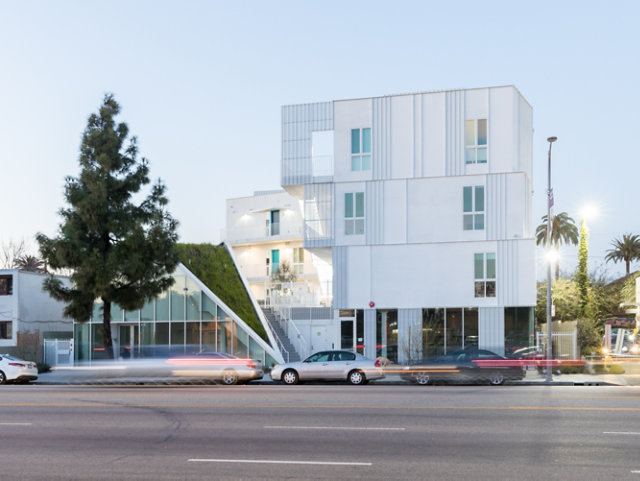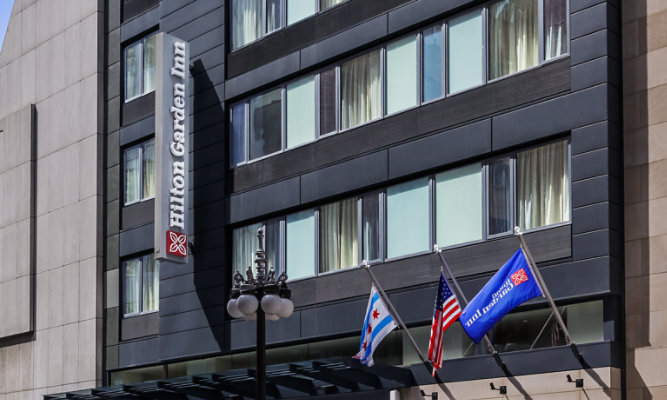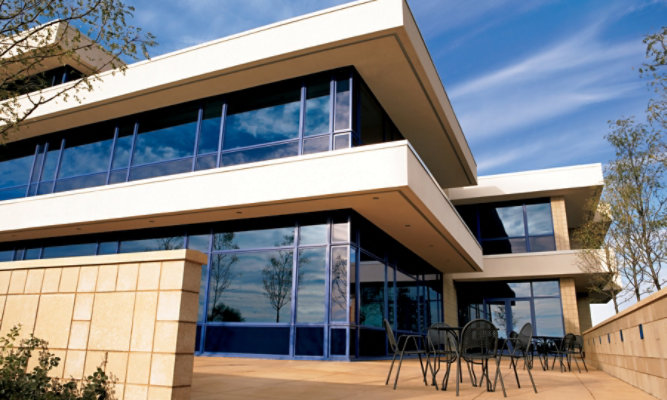
How Solar Reflective Coatings Enhance Design and Sustainability
July 2024
Previously published on Metal Construction News - Read Here
According to the National Oceanic and Atmospheric Administration, 2023 was the hottest year on record. With climate change impacting temperatures across the planet, it is no longer a trend that can be ignored. When it comes to facilities, property owners must wrestle with ways to balance occupant comfort and energy costs.
One way to contribute to the balance is through solar reflective coatings for metal roofing and wall panel systems. These increasingly popular coatings contain solar reflective (SR) and thermal emittance (TE) pigments that reflect infrared radiation while still absorbing visible light, resulting in a cooler coating and roof. However, factors to consider when designing with solar reflective metal coatings include color, location, and sustainability goals.
Why solar reflective coatings?
The benefits behind solar reflective coatings, also known as cool coatings, lie in their sustainability attributes. One leading benefit of solar reflective coatings is their ability to reduce the building’s life cycle impact by minimizing the heat island effect and improving roof emissivity. This is coupled with the coating’s exceptional resistance to natural elements such as sun, rain, and UV rays, as well as marring, chalking, and fading. The flexibility and formability of these coatings make them an excellent choice for various coil and extrusion applications, providing outstanding color consistency and proven durability.
Additionally, implementing solar reflective coatings helps earn LEED credits for roofing and wall panels. LEED credits, or status, are awarded to buildings that prioritize environmental sustainability and are built with longevity and efficiency at the forefront. LEED credits also help earn tax rebates, saving hundreds of dollars a year for homeowners and businesses.
Solar reflective pigments and design
Color considerations play a crucial role when selecting a solar reflective coating. Incorporating solar reflective pigments can create a visually dynamic facade and help dissipate heat away from metal components, creating a cooler building. There are some crucial points to consider.
Light and mid-tone colors have been shown to have the best performance when it comes to solar reflectivity, making them ideal for roofs and walls. A current trend in the industry is a movement away from stark, dark colors for metal coatings. For example, dark blacks are lightening up to soft charcoals, typically in roofing, which ultimately improves Solar Reflective Index (SRI) values. The SRI is an indicator of the ability of a roof surface to return solar energy to the atmosphere. Coatings with added solar reflective pigments can increase the reflectivity value in darker colors, allowing designers to use a broader range of colors while still achieving the desired level of reflectivity.
Lastly, the color palettes for solar reflective coatings are vast thanks to progress made in pigment manufacturing technologies. Today’s metal roofing and wall panel color options include a wide range of solar-reflecting paints and coatings, which can be used to create cool beiges, tans, grays, blacks, greens, blues, mauves, browns, and terracotta.
The significant impact of color in shaping the built environment
Color has been shown to have a major effect on the aesthetics, public impression, and perception of a building, which is why color selection has become a growing priority when designing a project. Color has the potential to leave a landmark, shape an architectural signature, and develop a sense of identity for many homeowners and businesses.
Color can elevate a building into a cultural icon, impacting the perception of its success. The decision to use specific colors can enhance, distract, complement, or contrast with its wider surroundings. Trend forecasting plays a large role in determining the color spaces of various building product segments and regions. Coatings manufacturers are at the forefront of this trend forecasting, working directly with architects, designers, and original equipment manufacturers (OEMs) to collaborate on the future colors and technologies driving the built environment forward.
Conclusion
Solar reflective coatings are an excellent choice for reducing energy consumption and costs in buildings while tapping their creative outlet. Color plays a vital role in design, and incorporating solar-reflective pigments can help achieve the desired level of reflectivity while still using a broader range of colors. When specifying a metal coating system with SR pigments, it is essential to consider both the function and aesthetics of the formulation and consult with a coatings expert to ensure the best option for each product on the project. By doing so, architects and designers can create a sustainable and aesthetically pleasing building that meets the needs of both the client and the environment.
Related Articles
News & Media
Featured Media
Stay up-to-date with the latest product releases, news and upcoming industry events.
Go to Resource Center



